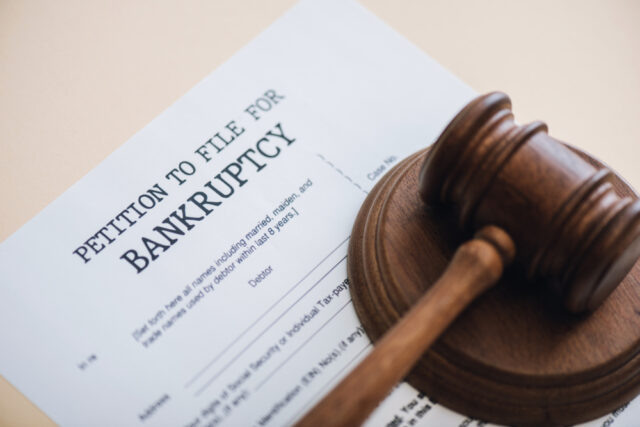
Filing for bankruptcy can be a challenging and stressful process, but it can also provide a fresh start for individuals or businesses struggling with debt. If you have filed for it in California, you may need a copy of your bankruptcy records for various reasons, such as applying for a loan or renting an apartment. In this article, we will guide you through this process.
Types of Bankruptcy Records

Before we dive into the steps to obtain your bankruptcy records, it’s important to understand the different types of records that you may need. The most common types include:
– Bankruptcy Petition – This document is the initial filing that begins the process. It includes information about your debts, assets, and income.
– Schedules – These documents list all of your debts, assets, and income in detail. There are several schedules, including a schedule of creditors, a schedule of exempt property, and a schedule of current income and expenses.
– Discharge – This document is the official court order that releases you from your debts after completing the process.
– Court Orders – These documents outline the decisions made by the court throughout your case.
Steps to Obtain Your Bankruptcy Records

Now that you understand the different types of bankruptcy records, let’s go over the steps to obtain California bankruptcy records.
Step 1: Determine Which Court Handled Your Case
The first step is to determine which court handled your case. If you filed for it in California, your case will have been handled by one of four federal courts.
To find out which court handled your case, you can use the Public Access to Court Electronic Records (PACER) system. PACER is a website that allows you to access case information and documents from federal courts across the United States. To use PACER, you will need to create an account and pay a fee for each page of documents you view.
Alternatively, you can contact the court in the district where you filed your case and ask them to provide you with the information you need.
Step 2: Request Your Bankruptcy Records

Once you have determined which court handled your case, you can request your bankruptcy records. The process for requesting them may vary slightly depending on the court, but generally, you will need to follow these steps:
– Fill out a Request for Copy of Bankruptcy Records form – Each court has its own form for requesting them. You can usually find the form on the court’s website or request it from the court clerk.
– Provide identification – You will need to provide proof of your identity, such as a driver’s license or passport, along with your request form.
– Pay a fee – There is usually a fee for obtaining bankruptcy records. The fee may vary depending on the court and the number of pages you are requesting. You can usually pay the fee by credit card or money order.
– Submit your request – You can submit your request form, identification, and fee to the court clerk by mail, in person, or online, depending on the court’s procedures.
Step 3: Receive Your Bankruptcy Records
Once your request has been processed, you will receive your bankruptcy records by mail or email, depending on the court’s procedures. The amount of time it takes to receive them may vary depending on the court and the number of requests they are processing.
If you need them quickly, you may
want to consider hiring a bankruptcy retrieval company like U.S. Bankruptcy Records. These services can retrieve and email you copies of your bankruptcy records within an hour.

Conclusion
Obtaining your bankruptcy records can be a straightforward process if you follow the steps outlined above. Remember that you will need to determine which court handled your case, fill out a request form, provide identification, pay a fee, and submit your request to the court clerk. With a little patience and persistence, you can obtain the records you need for your personal or business needs.









